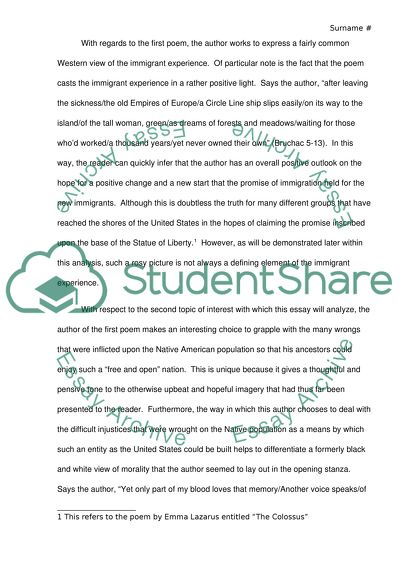Cite this document
(“On the Problems and/or Privileges of our American Identities Essay”, n.d.)
On the Problems and/or Privileges of our American Identities Essay. Retrieved from https://studentshare.org/literature/1460912-on-the-problems-and-or-privileges-of-our-american
On the Problems and/or Privileges of our American Identities Essay. Retrieved from https://studentshare.org/literature/1460912-on-the-problems-and-or-privileges-of-our-american
(On the Problems and/Or Privileges of Our American Identities Essay)
On the Problems and/Or Privileges of Our American Identities Essay. https://studentshare.org/literature/1460912-on-the-problems-and-or-privileges-of-our-american.
On the Problems and/Or Privileges of Our American Identities Essay. https://studentshare.org/literature/1460912-on-the-problems-and-or-privileges-of-our-american.
“On the Problems and/Or Privileges of Our American Identities Essay”, n.d. https://studentshare.org/literature/1460912-on-the-problems-and-or-privileges-of-our-american.


